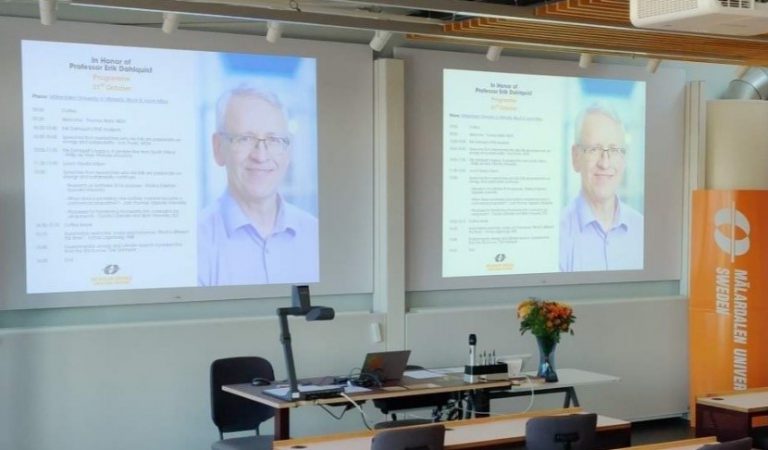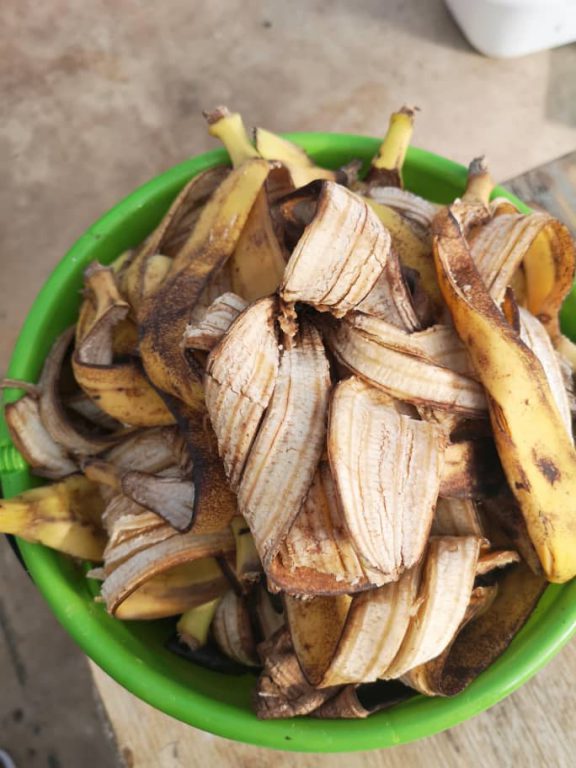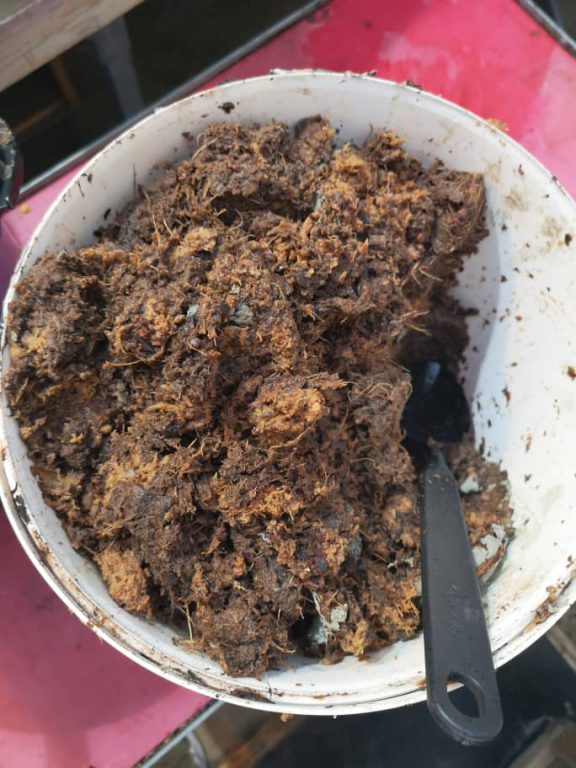På torsdag förra veckan (31/10) var Björn och Cecilia från kretsloppsteknik i Västerås och presenterade vår forskning inom avfallshantering med insekter på Professor Erik Dahlquists jubileumsseminarium. Erik Dahlquist är professor i energiteknik på Mälardalens högskola och har med sin långa erfarenhet i processeffektivisering och processutveckling samutvecklat ventilationssystemet som behövs för effektiv fluglarvskompostering. Vi fick också möjlighet att lyssna på andra intressanta presentationer om batterier för den fossilfria framtidens behov och en skildring av hur det gick till när den kollaborativa roboten YuMi utvecklades på ABB. Erik avslutade seminariet med att ge en tillbakablick och framtidsprognos om energiproduktion och anvädning i främst Sverige. Mycket intressant! Erik ska inte pensioneras, men kommer från och med början av det nya året arbeta deltid som senior Professor. Vi hoppas på fortsatt gott samarbete och önskar Erik lycka till och mer tid med familjen och sina triatlon-utamaningar.
Author: Prithvi Simha
Waste management with insects was presented in Honour of Professor Erik Dahlquist
Thursday last week (31/10), Björn and Cecilia from the Environmental Engineering group visited Västerås and presented about waste management using insects in the seminar held in Honour of Professor Erik Dahlquist. Erik Dahlquist is Professor in Energy Technology at the Mälardalen University and has with the help of his long experience in improvements of process efficiency development co-developed the ventilation system used in the fly larvae treatment system. We got to listen to other very interesting presentations on the batteries needed for our fossil free future and we got to listen to the tale of the development of the collaborative robot YuMi at ABB. Erik finished the seminar presenting the development of energy production and usage in primely Sweden from the 1950s till today and gave a prognoses of what can be expected up till 2090. Very interesting! Erik is to be retired but will work part time as Senior Professor from the start of next year. We hope for continued great collaboration and wish Erik good luck in future and more time with family and his triathlon endeavours.
Bröduppfödda larver blir väldigt feta
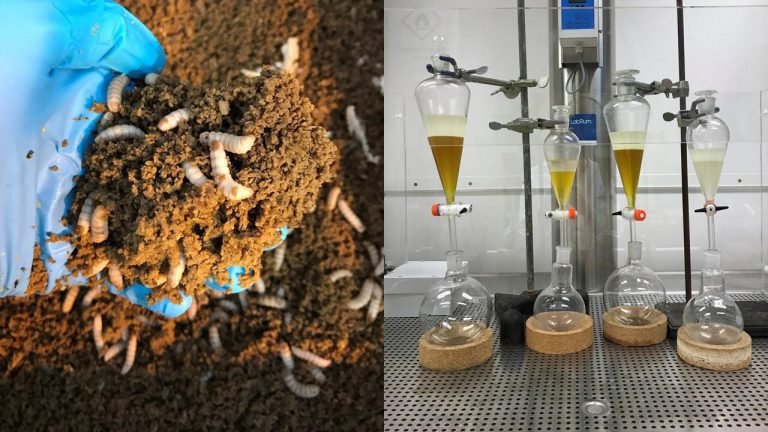
Hur påverkas fett-halten och sammansättningen hos larven av den Amerikanska vapenflugan av vad den äter? I vår senaste artikel publicerad i tidskriften Waste Management påvisar Nils Ewald och medförfattare nya resultat kring denna fråga. Studien baseras på elva försök där larver av den Amerikanska vapenflugan (Hermetia illucens) matats med olika substrat baserade på musslor, fisk, bröd och matavfall. Larvernas fett visade sig innehålla huvudsakligen mättade fettsyror, framförallt laurinsyra, men sammansättningen påverkades av larvernas vikt och vad de åt. Till exempel innehöll de larver som matats med musslor och fisk både EPA och DHA – två Omega-3 fettsyror som är av stort intresse för fiskodling. Det verkar dock som om innehållet av dessa fettsyror är för lågt för att kunna ersätta fiskolja i fiskfoder, men den skulle eventuellt kunna ersätta fraktionen av vegetabilisk olja. Andra potentiella användningsområdet av larvernas fett skulle kunna vara produktion av livsmedel eller bränslen.
Larvae fed bread get really fat

How does the fat content and composition in the larvae of the black solider fly (Hermetia illucens) change with the diet provided to them? In our latest article published in Waste Management, Nils Ewald and co-authors brings new knowledge on this topic. The study is based on eleven feeding trials were the larvae were fed diets based on mussels, fish, bread and food waste. The larval fat was found to contain mainly saturated fatty acids, especially lauric acid, but was also affected by the weight of the larvae and the diet. For example, the larvae fed with mussels and fish contained EPA and DHA – Omega- 3 fatty acids that are valuable for aquaculture. However, the levels of these fatty acids were found to be too low to replace fish oil in fish feed but could potentially be used for replacing the vegetable oil fraction. Other possible applications of the larval fat could be in the production of food or fuel.
New publication on pre-treatment of banana peels for BSFL composting
Alice Isibika and co-authors have published a new study in the journal Waste Management, on the application of pre-treatments prior BSFL treatment of banana peels as a fibrous and nutrient imbalanced substrate to enhance bioconversion ratio. The applied pre-treatments were non-protein nitrogen for balancing the carbon/nitrogen , heat and microbes(fungi and bacteria) pre-treatments for breaking down complex compounds into more readily available forms in the banana peels to be consumed by the BSFL. They found that direct addition of ammonia solution in the banana peel and addition of both fungi (Trichoderma, Rhizopus) and bacteria (BSFL gut bacteria) improved the BSFL response efficiencies while heat treatment did not improve. For microbial pre-treatment 14 days was found to be the total time to achieve sufficient degradation of the banana peels for BSFL consumption.
Christian Zurbrügg ansluter sig till Kretsloppsteknik som adjungerad professor
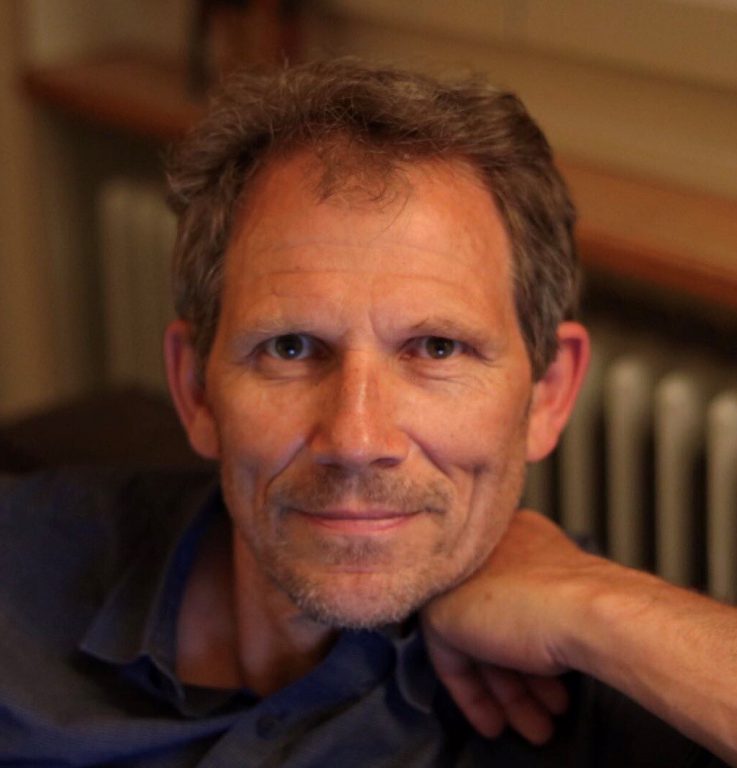
Vilket nöje att nu vara en del av detta spännande och motiverade team på SLU!!
Min hemmabas är på Sandec, avdelningen för sanitet, vatten och fast avfall för utveckling, vid det schweiziska federala institutet för vattenvetenskap och teknik (Eawag). På Sandec har jag arbetat sedan 1998, först som fastighetsforskare och sedan som chef och sedan 2015 som medlem i Eawag-direktoratet samtidigt som jag fortsatte min pågående forskning. Mina forskningsintressen ligger i det tvärvetenskapliga tillvägagångssättet för innovation och uppgradering av infrastruktur och tjänster i urbana områden i låg- och medelinkomstländer, med ett särskilt fokus på fast avfall och sanitet. Resursåtervinning och valorisering av avfall för områden med låg inkomst och medelinkomst har varit på min tillämpade forskningsagenda sedan många år. Utöver det har jag även hållit internationella program och projekt, publicerat vetenskapliga artiklar och bokkapitel om lämplig teknik och möjliggör miljöer i låginkomstområden och arbetat i många internationella kommittéer, arbetsgrupper och juryer. Mina nuvarande projekt utvecklas kring frågor om avfall för BSF-proteinproduktion, plastavfallsflöden och möjliga återvinningsalternativ och senare tittar jag på hantering av avfallsblöjor, sanitetsunderlag, uppförandeförändringsmekanismer för avfallssegregering och kostnadsmodellering av leveranskedjan.
Christian Zurbrügg joins Kretsloppsteknik as Adjunct Professor

What a pleasure to now be part of this exciting and motivated team at SLU !!
My home-base is at Sandec – the Department of Sanitation, Water and Solid Waste for Development, at the Swiss Federal Institute of Aquatic Science and Technology (Eawag), where I have been working since 1998, first as tenure track researcher then head of department and since 2015 as a member of the Eawag directorate while also continuing my ongoing research. My research interests lie in the interdisciplinary approach of innovating and upgrading infrastructure and services in urban areas of low and middle income countries – with a special focus on solid waste and sanitation. Resource recovery and waste valorization for low and middle-income settings has been on my applied research agenda since many years, leading international programs and projects, publishing scientific articles and book chapters on appropriate technology and enabling environments in low income settings, and serving on many international committees, task forces and juries. My current projects evolve around issues of waste for BSF protein production, plastic waste flows and potential recovery options and more recently looking at the management of disposal diapers and sanitary pads, behavioral change mechanisms for waste segregation as well as supply chain cost modelling.
Anastasija Vasiljev interning with the urine drying project

My name is Anastasija Vasiljev. I am a Serbian girl finishing my environmental engineering bachelor’s at South-Eastern University of Applied Sciences in Finland. I only have an internship and a thesis left to complete, before I am fully done with my program. At SLU, I will be working as a part of the urine drying research team. My responsibilities are to aid in figuring out how to minimize the nitrogen losses during urine drying process, performing experiments to determine the most efficient media for nitrogen capture. I will stay and be a part of the team until the end of January next year!
Removal of Selected Pharmaceuticals and Personal Products in Wastewater Treatment Plant in Jordan
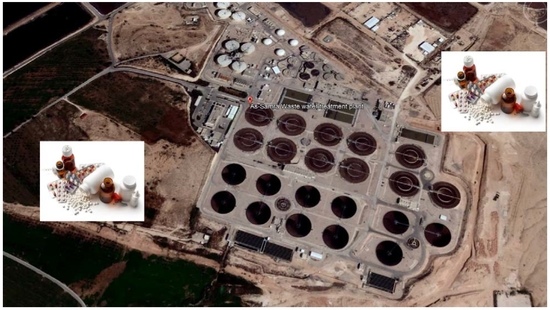
In collaboration Othman Masahgbeh (RSS- Jordan) and other researchers in Lincoln University, Sahar Dalahmeh from our group has published an article “Removal of Selected Pharmaceuticals and Personal Products in Wastewater Treatment Plant in Jordan” in the journal, Water.
The authors concluded that the highest average concentrations of personal care products (PPCPs) which were detected in treated wastewater were for carbamazepine, sulfamethoxazole, caffeine, and cotinine. This study clearly showed that incomplete removal and/or degradation of PPCPs takes place in As-Samra WWTP, the biggest and most advances WWTP in the country. Less effort has been made to minimize the levels of PPCPs contaminants at their sources, especially at home, pharmacies, and hospitals. Therefore, there is a need in Jordan to raise public awareness about the impact of these contaminants on water and the food cycle. This awareness will help the local authorities to implement any future policies that cover pharmaceutical waste management and handling at home, pharmacies, and hospitals.
Feature Paper Invitation: Special Issue “Biochar for the Environmental Wastewater Treatments” in Applied Sciences
The following special issue which Sahar Dalahmeh from our research group is guest editing will be published in Applied Sciences, is now open to receive submissions of full research articles and comprehensive review papers for peer-review and possible publication. We invite prospective authors to submit innovative and high-quality papers with original perspectives on any of the PIC-related topics.


